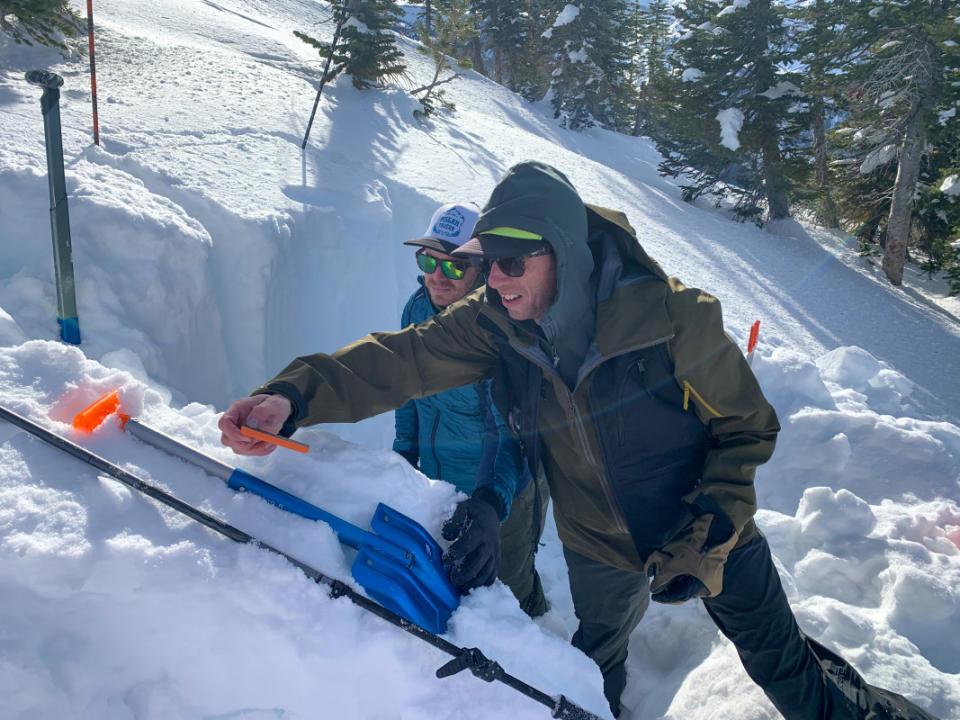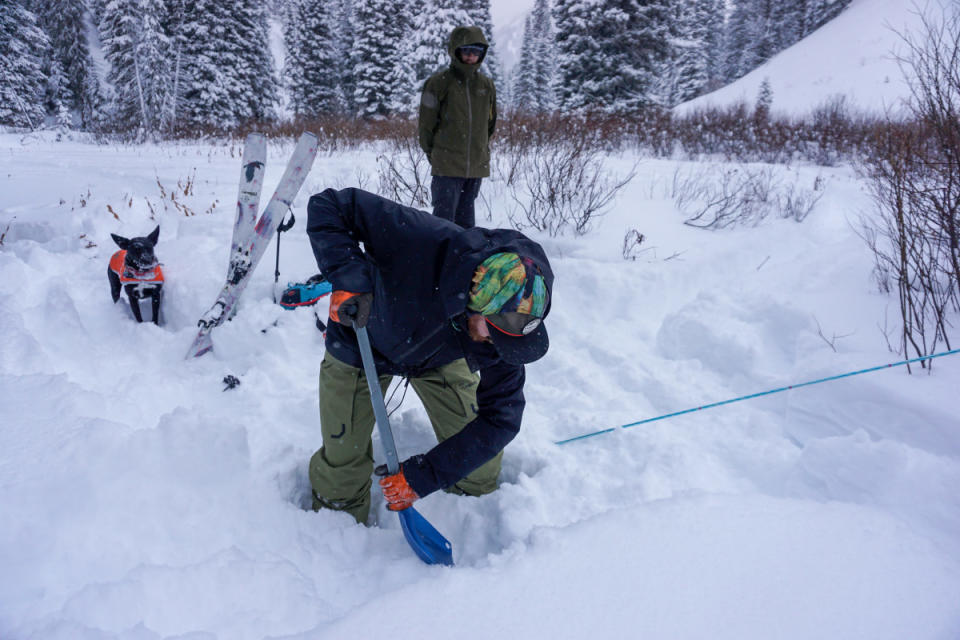Continued Avalanche Education
Arcing turns in untracked powder on a remote line is something that has pulled skiers away from the resorts and into the backcountry for decades. Whether you’re checking out new zones in your backyard woods or flying to a distant mountain range to ski a big line off a remote peak, backcountry skiing opens up your terrain options and offers a new kind of freedom.
While this is an enticing prospect for most skiers that don’t mind a little bit of uphill, backcountry skiing can be a hard sport to crack into. Reading snowpack, navigating avalanche terrain, learning how to use safety gear, and managing risk is part of the sport. And building these skills can be hard to know how to do.
Most people start with a level one avalanche course or a basic backcountry ski course. We covered how to find a course, and get the most out of it here, in a previous part of this series sponsored by Backcountry Access. While formal classes are a great way to begin to build your backcountry skillset, there are lots of ways to grow your backcountry knowledge outside of formal classes, too. Whether you’re a veteran backcountry skier or just getting into it, here are some tips for progressing.
Read local avalanche forecasts and observations.
Avalanches are one of the biggest hazards you’ll encounter while backcountry skiing. Knowing how to manage avalanche terrain is a vital skill to have and one that takes years of practice. Local avalanche forecasts and observations can be a great way to build your knowledge of snowpack over a season. Start paying attention to your local avalanche forecasting center (or one in your favorite ski destination). Notice how different layers of snow stack on top of each other and when and where avalanches occur. When you’re out skiing, try and match information from the forecast to what you’re seeing in real time. Read accident reports to learn where mistakes were made or what triggered an avalanche.
You want to use avalanche forecasts to help inform your terrain choices throughout the season, but you also want to understand why avalanche forecasts are what they are so you can start developing your own ability to read conditions and make terrain choices accordingly.
Get Out With More Experienced Backcountry Skiers
You know that crusty old guy you always see on the skintrack? Well, he’s probably spent decades of his life in the backcountry, navigating unique snowpacks and thousands of vertical feet of avalanche terrain. You might want to consider getting out with him, or picking his brain at the bar.

Photo: Cy Whitling
Skiing with people who have spent more time in the backcountry is a great way to further develop your own skills. It gives you an opportunity to watch how a more experienced skier manages avalanche risk, reads snowpack, and makes decisions about what terrain to ski on any given day.
Read.
If book-learning is your thing, check out Staying Alive In Avalanche Terrain by Bruce Tremper. If you’re psyched on diving into avalanche mechanics and snow science, this book will be your bible. Tremper covers avalanche basics, different types of snow and how they interact, the factors that can trigger an avalanche, and so much more. He offers some exercises you can do while out skiing, suggests what to keep an eye out for when out in the backcountry, and explains how to graph weather (and so much more). This book is awesome to read cover-to-cover if you’re psyched on all things avalanches or to use as a reference to help you understand what you see on a ski.
Drill.
While most of us just want to go out and ski, it’s important to make sure you’re refreshing your backcountry safety skills frequently. Consider building in a couple days each winter to get some of your primary ski partners together for some drills. At the beginning of the season, it’s a great idea to practice using your transceiver.

Photo: Julia Tellman
Conducting mock partner rescues can remind you what to do should you find yourself in an avalanche and will help you make sure your transceiver is working and ready to go for the season ahead. Digging snow pits and noting different snow layers is another great drill to do (ideally in the middle to end of the season). This will help you practice how to read snow conditions and interpret what that means for your terrain choices.
Get Out As Much As Possible.
Becoming an experienced backcountry skier requires, well… experience. Every time you head into the backcountry, you observe the snowpack and conditions in real time, make decisions about where to ski, take note of where avalanches occur, practice using your gear, and respond to unexpected situations that may arise. All of this is learning and each day out will help you hone your backcountry skills. So get after it!

